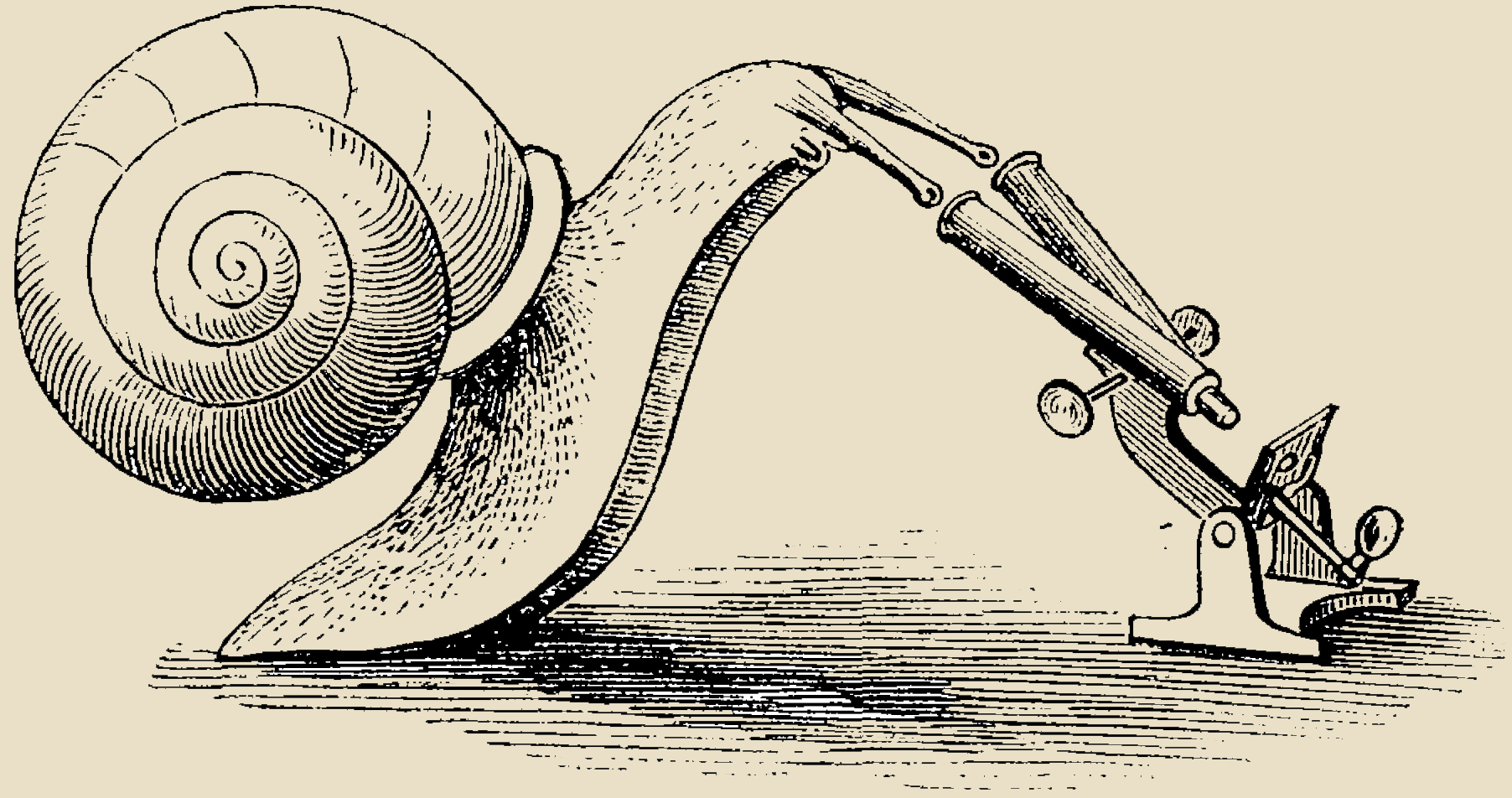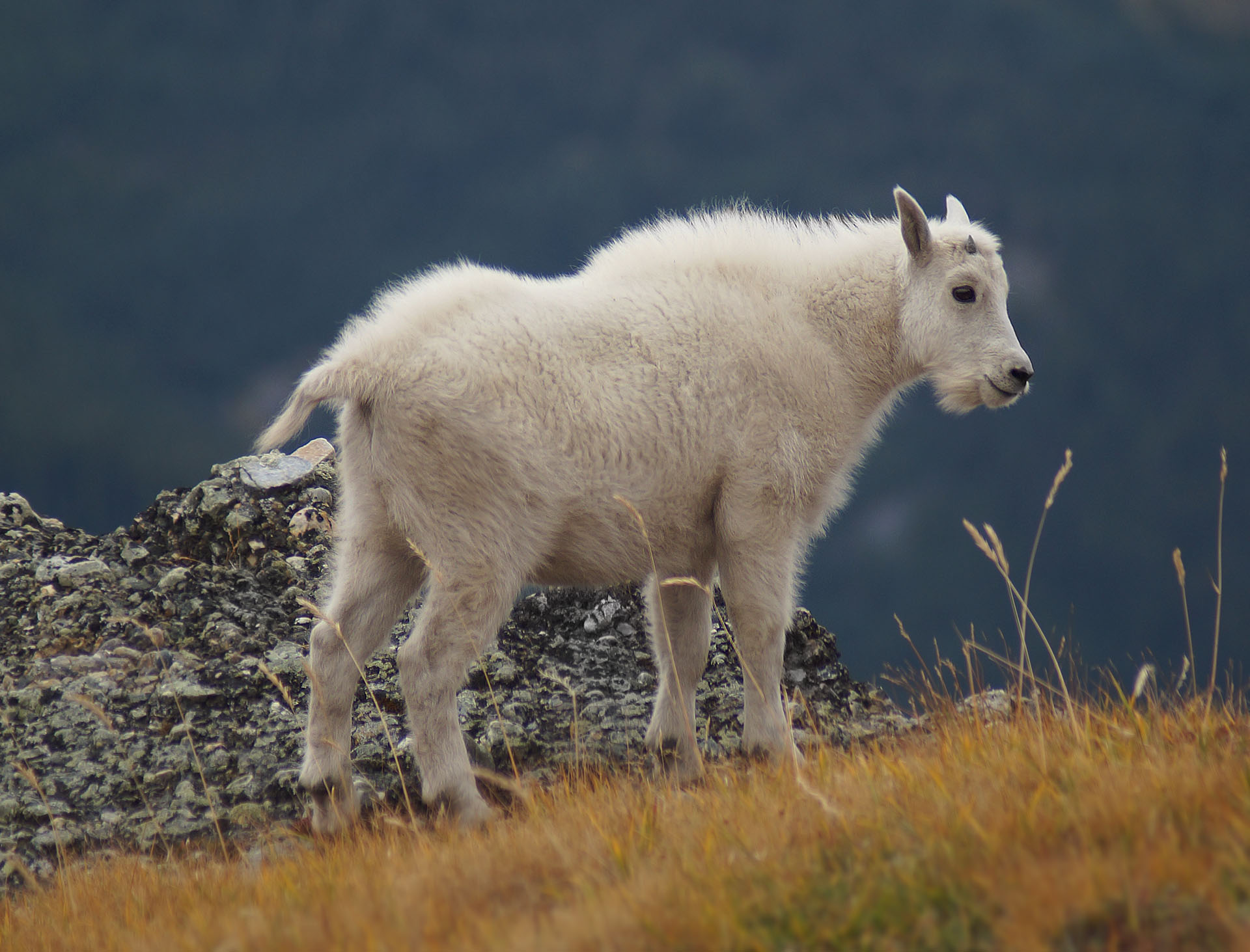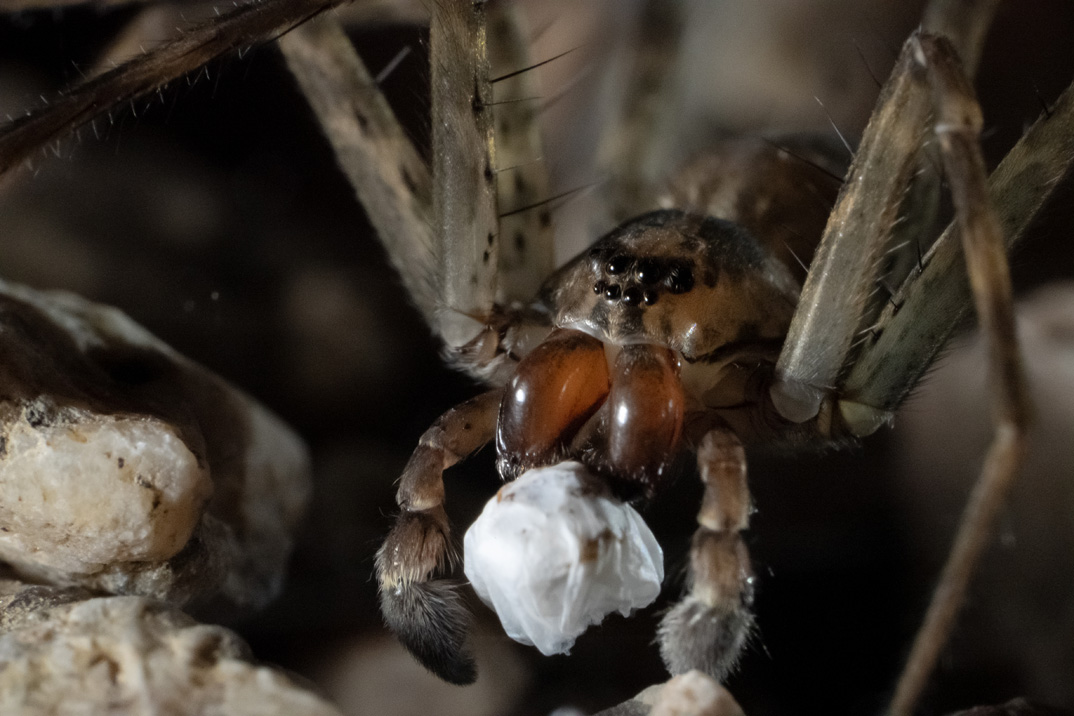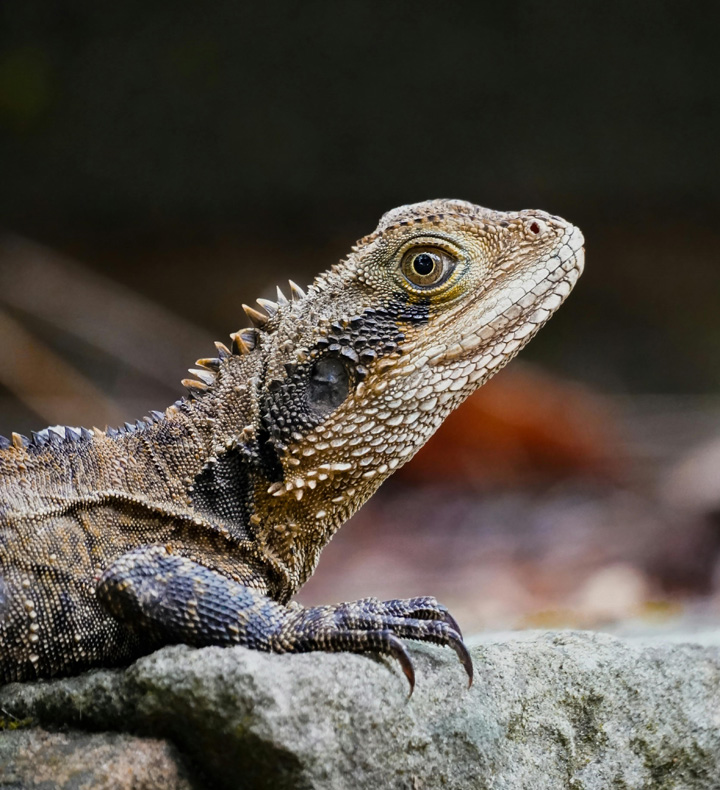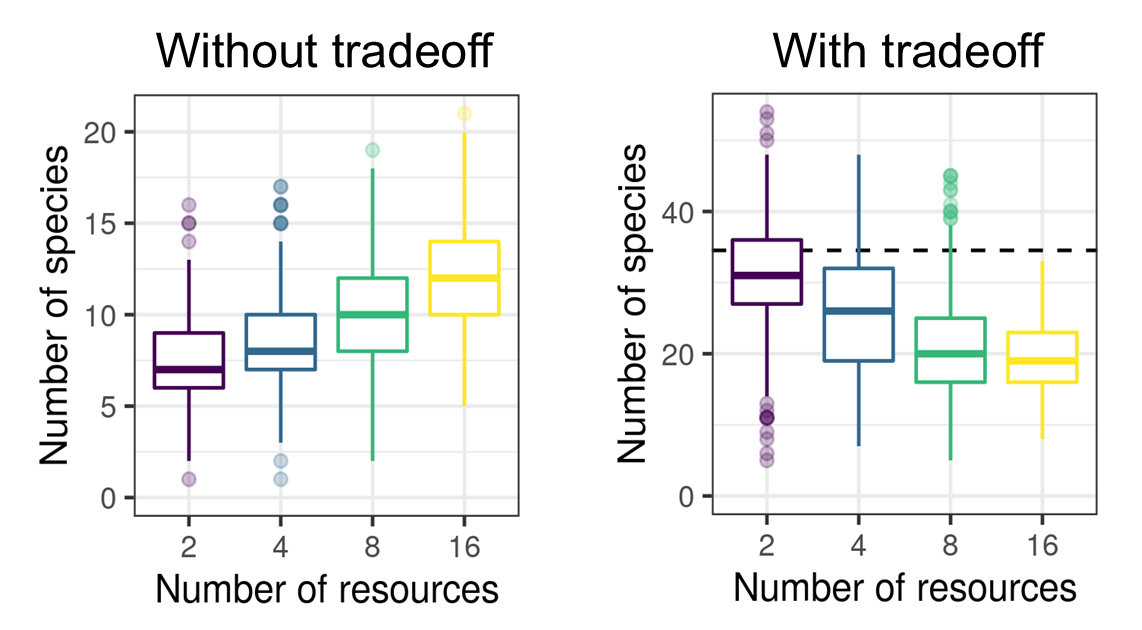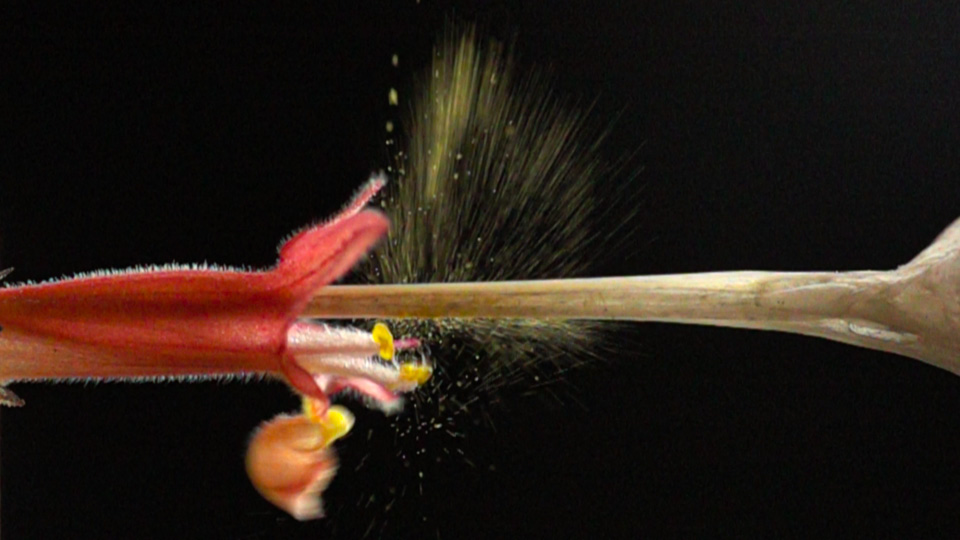Read about “Sex Allocation in a Monogamous Bird: Advantaged Matrilines and Sons with Silver Spoons” by Ashley Atkins Coleman, Kelly D. Miller, Kelly L. O’Neil, Rin Pell, Shelby R. Green, and E. Keith Bowers (Jan 2025)
Read about “Sporadic Events Have a Greater Influence on the Dynamics of Small, Isolated Populations Than Density Dependence and Environmental Conditions” by Roxanne Turgeon, Fanie Pelletier, Steeve D. Côté, Marco Festa-Bianchet, and Sandra Hamel (Dec 2024)
Read about “The Dominance of Coinfecting Parasites’ Indirect Genetic Effects on Host Traits” by Daniel I. Bolnick, Sophia Arruda, Christian Polania, Lauren Simonse, Arshad Padhiar, Maria L. Rodgers, and Andrea J. Roth-Monzón (Nov 2024)
Read about “Variability in Precipitation Weakens Sexual Selection for Nuptial Gifts in Spiders” by Camila Pavón-Peláez, Vinicius S. R. Diniz, Williams Paredes-Munguía, Renato A. Teixeira, Luiz E. Costa-Schmidt, Adalberto J. Santos, Bruno A. Buzatto, and Maria J. Albo (Nov 2024)
Read about “Sex-Specific Associations between Social Behavior, Its Predictability, and Fitness in a Wild Lizard” by Barbara Class, Kasha Strickland, Dominique Potvin, Nicola Jackson, Shinichi Nakagawa, and Celine Frère (Nov 2024)
Read about “Reconciling Santa Rosalia: Both Reproductive Isolation and Coexistence Constrain Diversification” by Brian A. Lerch, Reinhard Bürger, and Maria R. Servedio (Nov 2024)
Read about “Metabolic Trade-Offs Can Reverse the Resource-Diversity Relationship” by Zachary R. Miller and James P. O’Dwyer (Nov 2024)
Read about “Pollen Wars: Explosive Pollination Removes Pollen Deposited from Previously Visited Flowers” by Bruce Anderson, Bruce Anderson, Ana Carolina Sabino-Oliveira, Carlos Andres Matallana-Puerto, César Augusto Arvelos, Cinthia Soares Novaes, Daniela Cristina de Cario Calaça, Isadora Schulze-Albuquerque, João Pedro Santos Pereira, Jordana Oliveira Borges, Lilian Rodrigues Ferreira de Melo, Patrick Menezes Consorte, Sara Medina-Benavides, Tamires de Oliveira Andrade, Thainã Resende Monteiro, Vanessa Gonzaga Marcelo, Victor H. D. Silva, Paulo Eugênio Oliveira, and Vinícius Lourenço Garcia de Brito
(Dec 2024)
Read about “Who keeps the house after divorcing? Partner and nest fidelity in the long-lived Alpine swift” by Michela N. Dumas, Christoph M. Meier, Pierre Bize, and Julien G. A. Martin (Feb 2025)
Read about “Age-Specific Phenology and Reproductive Success Senescence Vary with Environmental Age in a Wild Bird” by Suzanne Bonamour, Luis-Miguel Chevin, Christophe de Franceschi, Anne Charmantier, and Céline Teplitsky (Jan 2025)
